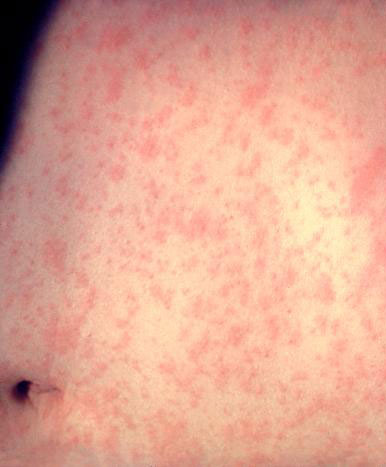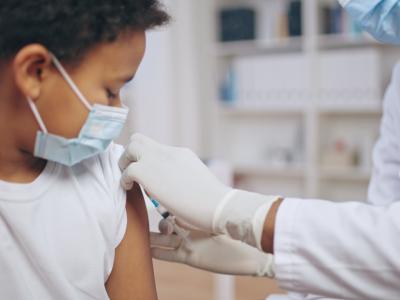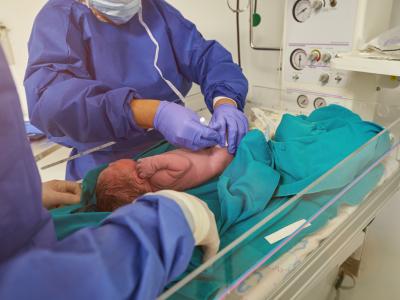
An analysis of antimicrobial susceptibility data from a veterinary diagnostic lab in New York City identified carbapenem-resistant organisms (CROs) in 1.6% of gram-negative isolates dogs and cats, researchers reported today in Open Forum Infectious Diseases.
For the study, researchers with the New York City Department of Health and Mental Hygiene retrospectively evaluated culture and antimicrobial susceptibility data on all bacterial isolates from dog and cat specimens submitted by New York City veterinary clinics, animal shelters, and veterinary referral hospitals to a single commercial diagnostic laboratory from 2019 through 2022.
The team focused on CROs because of public health concerns about the multidrug-resistant pathogens, which can cause difficult-to-treat infections, and the potential for zoonotic transmission from companion animals to their owners.
The study authors note that while CROs have been sporadically detected in dogs and cats, public health officials are rarely notified about such detections, and CRO prevalence in pet populations, whether its colonization or infection, is unclear.
"Without notification and additional tests for CRO, public health entities are limited in their ability to support veterinary professionals with CRO infection prevention and control efforts," they wrote.
Real-time CRO surveillance needed
Among 16,115 gram-negative isolates submitted, 256 (1.6%) from 180 dogs and 61 cats were identified as CROs. Detections ranged from 50 to 71 CRO isolates per year, with percent positivity ranging from 1.2% to 1.9%.
The most frequently cultured CROs were Klebsiella spp., Pseudomonas aeruginosa, and Escherichia coli. The most common specimen sites of CRO detections were urinary (20.3%), skin and soft tissue (17.1%), ears (17.2%), and lower respiratory tract (13.3%).
Among the five New York City boroughs, Manhattan had the highest number of CROs detected.
The authors conclude that systematic CRO animal surveillance systems are needed to provide a real-time picture of CRO prevalence in companion animals and inform infection-prevention efforts.
"Strengthening CRO surveillance in animals, especially in collaboration with veterinary diagnostic laboratories, could improve understanding and enable public health action to help control the spread of companion animal CRO," they wrote.
















